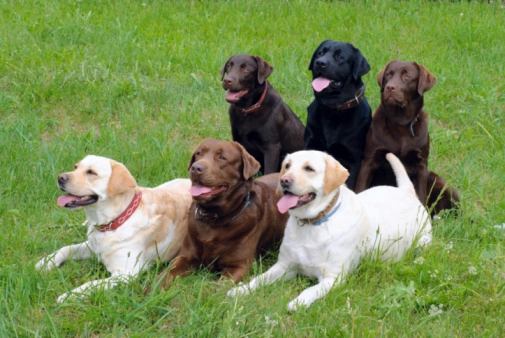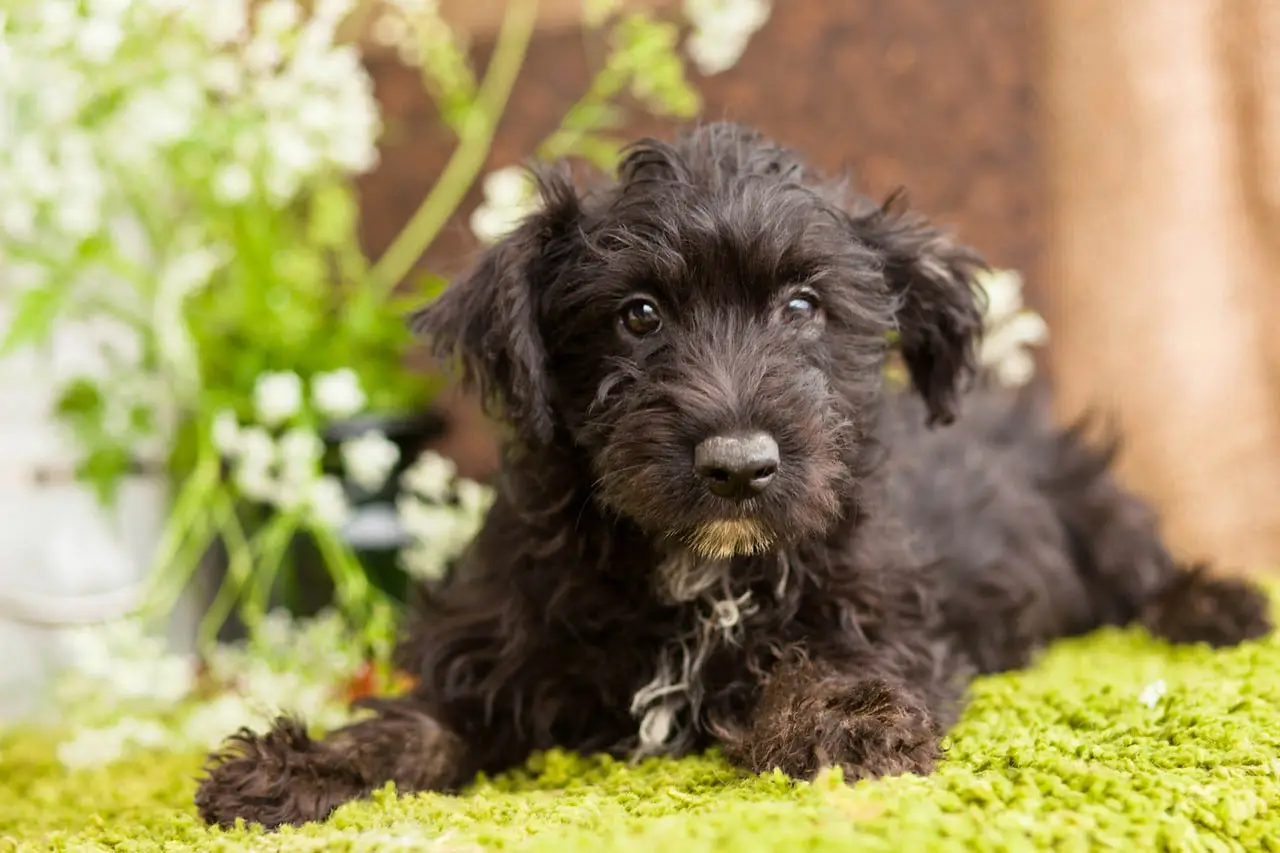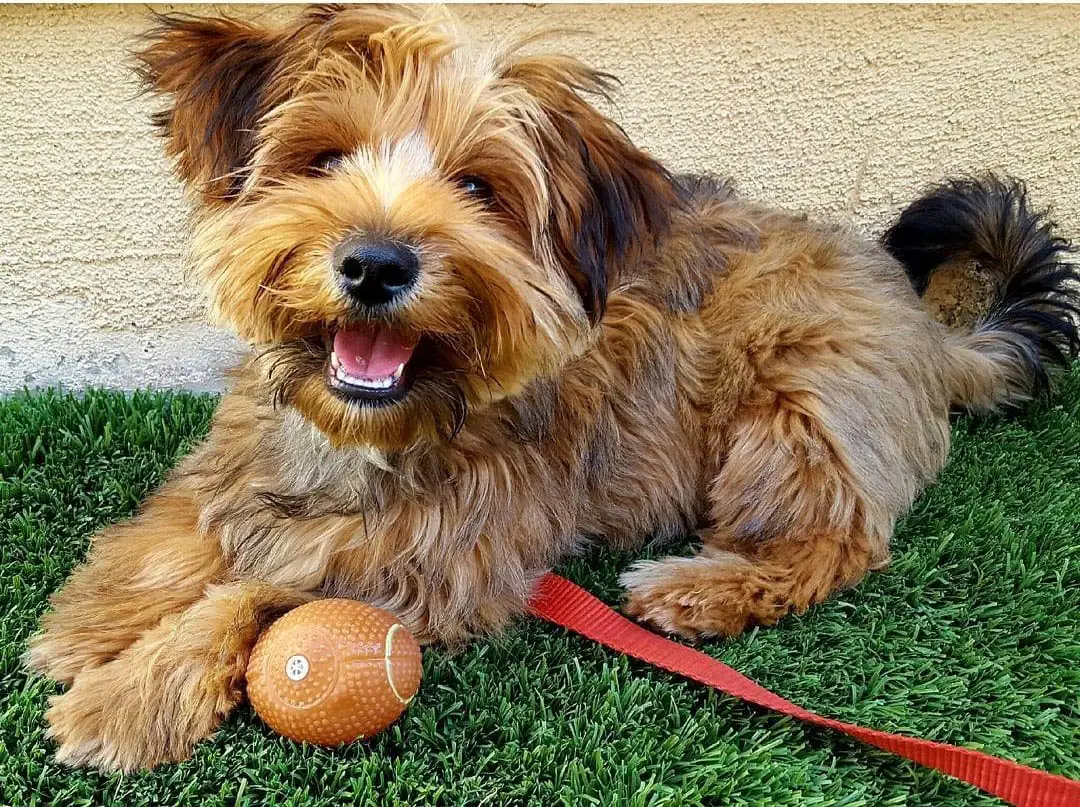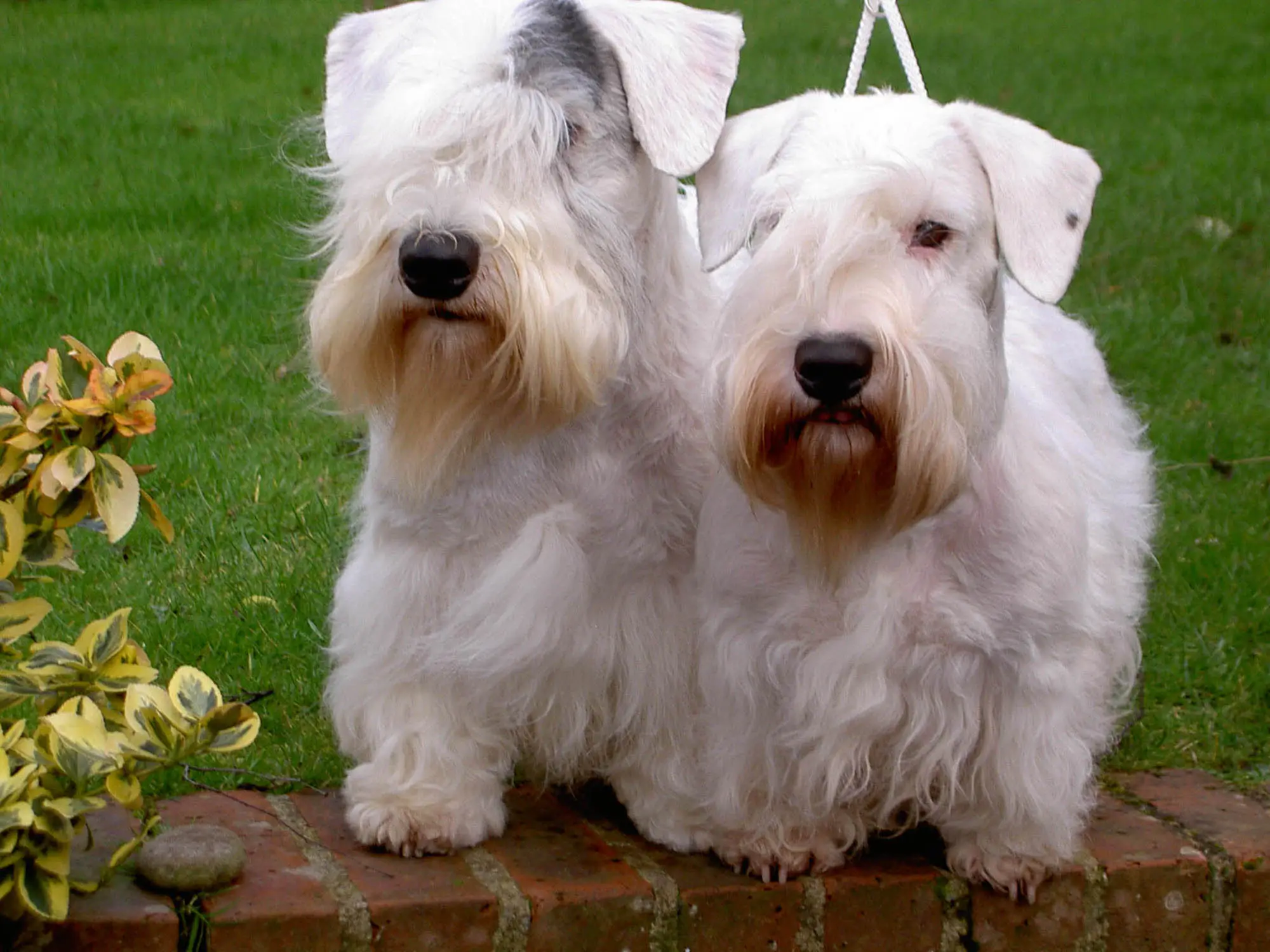History
The Yorkinese is the cross between the Yorkshire Terrier and the Pekingese. The Yorkinese race is a modern breed and came into existence only in the last decade. The Pekingese has a rich history in the Chinese culture and is frequently seen as an inscription in amulets and statues throughout China.
On the other hand, the Yorkshire Terrier has an exciting history. Their ancestor, the Paisley Terrier, was bred with various other breeds until the Yorkshire was cemented and named after its area of origin, Yorkshire in England.
Temperament & Personality
The Yorkinese make excellent watchdogs because of their high alertness and curiosity. They are independent and affectionate and are endlessly loyal to their owner and the family. The headstrong attitude can be a headache for the owner, with the frequent occurrence of the small dog syndrome which can lead to fighting with a more substantial dog. These before mentioned points can also make the dog noisy and grumpy.
Exercise
Owing to their small and compact size, the Yorkinese dogs need a medium amount of exercise on a daily basis. They will appreciate a short walk in the dog park or a bit of playtime session with other dogs. The owner will also have to make sure that the dog gets mentally busy with any kind of interactive play session. The dog will stay happy with a walk for around six miles a week with a course of twenty to thirty minutes a day.
Grooming
The hair resembles a cluster of clouds and needs daily brushing to prevent tangling and matting. The entire grooming process becomes much hassle free for the owner as there is the availability of various kind of brushes in the market. They need bathing every two months. Another high point of maintenance is their ears, as their cocked ears easily get infections. The eyes also need strict maintenance regimen, such as frequent cleaning in the eye area. If the areas around the eyes become excessively hairy it will require a hair trimming.
Health Problems
Some health issues like the Willebrand's disease, Portacaval Shunt, Tracheal Collapse, Skin Fold Dermatitis, Hip dysplasia, Gastric torsion, Sebaceous Adenitis, Addison’s disease, Mitral Valve disease, Eye and ear infections, Entropion, Diabetes, and Corneal Dystrophy can affect the Yorkinese dog.
Occasional tests such as Blood tests, Thyroid tests, X-Rays, and Eye Examinations will prevent the dog from various diseases.
Training
To avoid the dog’s barking tendencies, the trainer can take out the dog outside whenever its barking episodes start. Another solution will be to engage in some form of mental stimulation whenever the dog begins barking. To avoid the Yorkinese’s unruly behaviors, the owner can engage the dog with some new and exciting activities every day.
Feeding
The owner will have to give an adult dog a high-quality dog food on a daily basis.
.png)



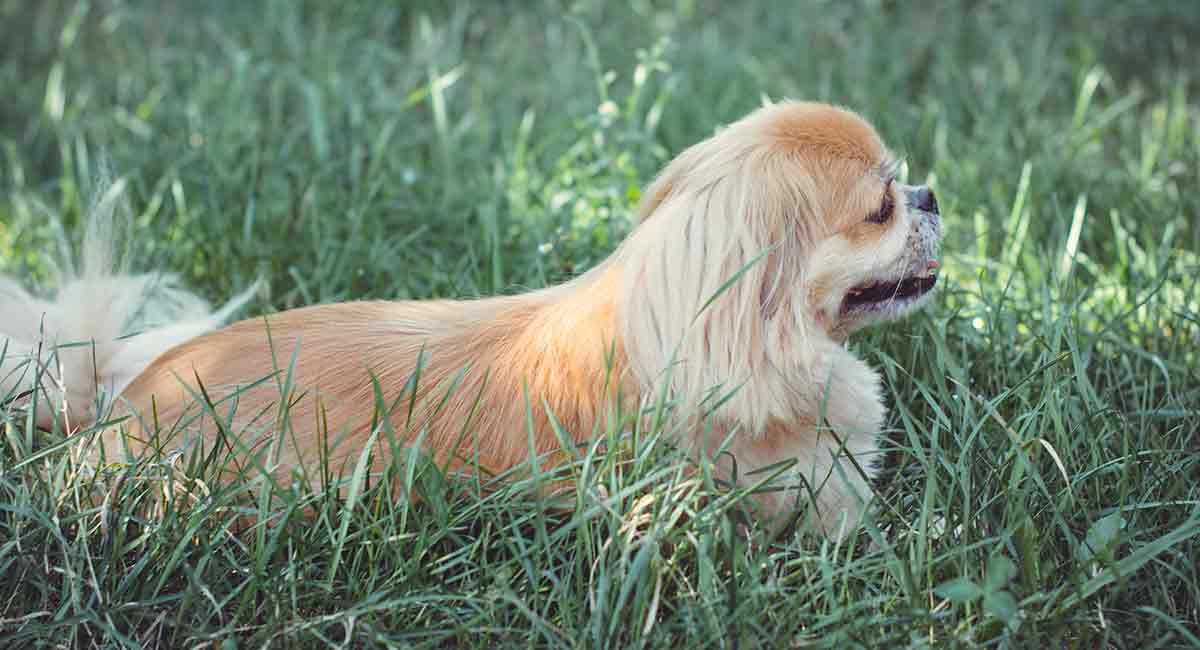
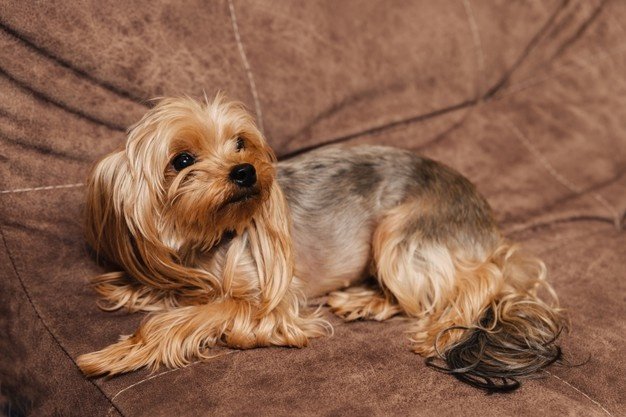




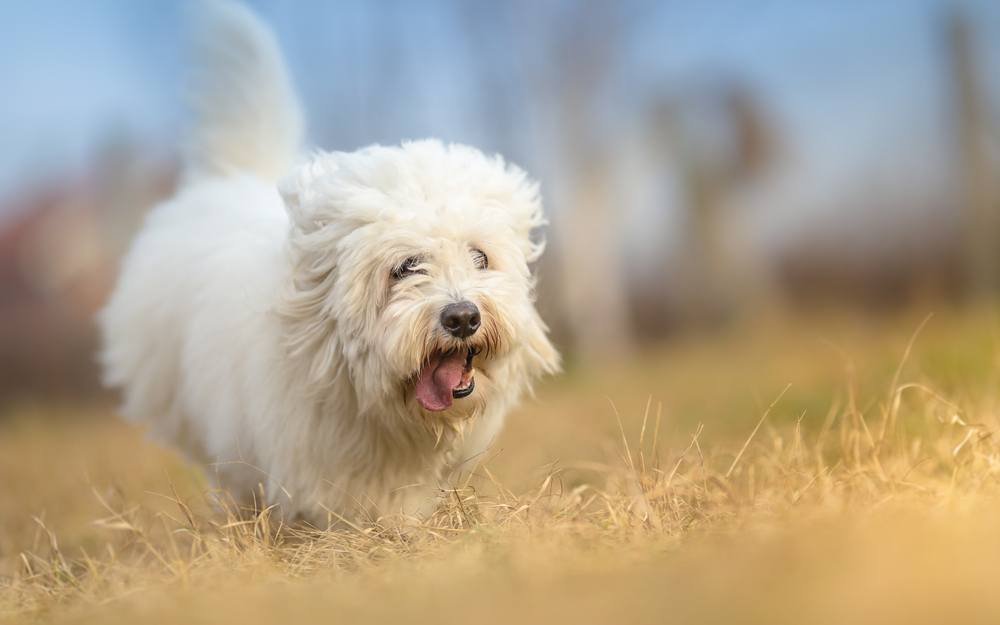
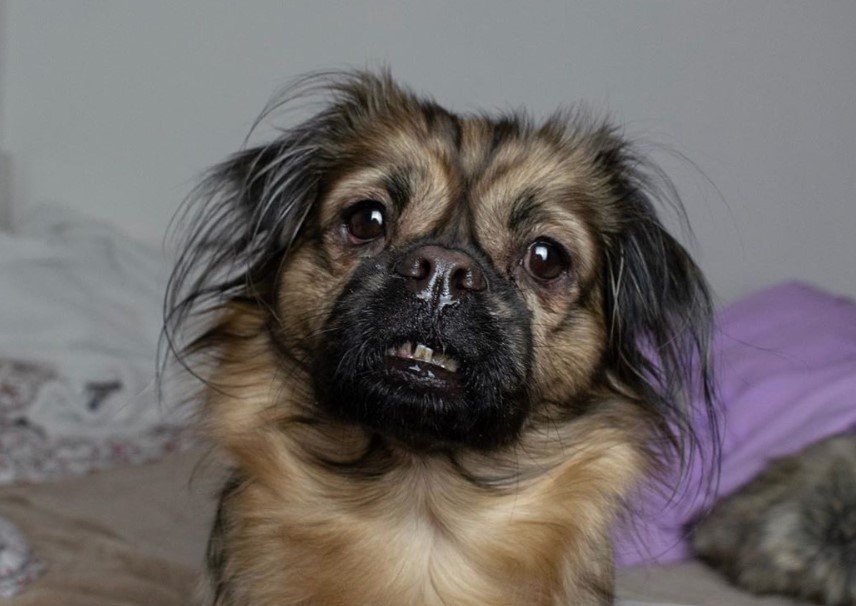
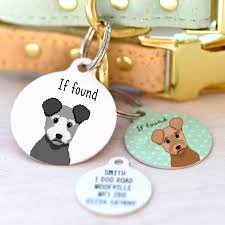

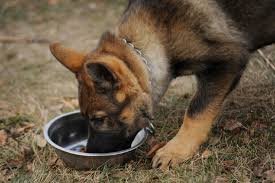









.webp)







